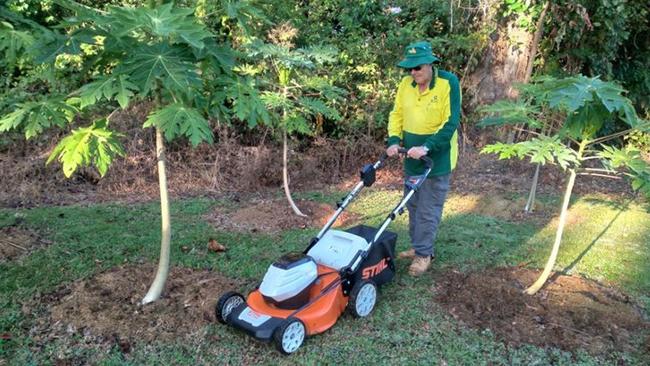How to avoid the need to work longer as cost of living pressures force Aussies to delay retirement
More workers are having to put off retiring until well into their 70s. See how you can maximise your savings and avoid working for longer.
Careers
Don't miss out on the headlines from Careers. Followed categories will be added to My News.
Crushing cost-of-living pressures are forcing Aussie workers to delay retirement until they reach their mid 70s – or even older.
More than one in five Australians now plan to work longer than originally intended as inflation pushes up prices and erodes superannuation nest eggs, research shows.
One in 10 workers concede they will likely have to work until at least the age of 75, Randstad’s latest Workmonitor report reveals.
“It feels so unfair,” Randstad NSW director Jo Jakobs says.
“There’s a lot of (financial) stress out there and it is causing people to extend the period before they retire, or even come back (to the workforce) after they retire.”
Plan now
Women are the most likely to work for longer, Jakobs believes, with the gender pay gap and time spent out of the paid workforce to care for family significantly reducing their retirement funds.
But she says all older Australians risk running out of retirement savings, given compulsory superannuation was only introduced in 1992, meaning the super balances of many nearing retirement do not reflect their lifetime of work.
Those who accessed their super early during the Covid-19 pandemic will also be at a financial disadvantage when they seek to retire.
Jakobs says those forced to work past the traditional retirement age should seek out employers that value older workers and provide them with the same development and training opportunities as younger staff.
Women planning to take time out of the workforce to raise children should preference employers that continue to make super contributions to those on paid parental leave, she says.
“We really need to be thinking about (plans for) retirement as early in our careers as possible – at least 15 years ahead – because time flies really quickly,” Jakobs says.
“Even if you have got financial goals (for retirement set), you need to understand the financial landscape that you’re going to be retiring into.”

Careers for retirement
Rather than dash retirement dreams entirely, Jakobs hopes many older workers will consider an arrangement that allows them to work on their terms.
The move towards flexible work conditions, for example, could see workers still able to travel, she says.
“So if you wanted to retire but find that you can’t completely give up work for financial reasons, then maybe you could still jump in a motor home and be putting around Australia and work (remotely),” she says.
Workskil Australia chief executive officer Nicole Dwyer says workers often “career pivot” in their later years to continue in paid employment, particularly if their former role was physically demanding.
“Many face the prospect of having to transition into new roles, learn new skills or apply for completely new jobs at a time when previously they were preparing for retirement,” she says.
“It’s not uncommon to see people who have worked on the tools for 30 or 40 years move into retail roles within the same field or into new industries altogether.
“The key to longevity in the workforce is targeting work that best fits your stage in life and being receptive to upskilling and continuous development.”

Retired ‘five times’
Geoff Campbell, 79, has “tried to retire five times”. But he says a lack of savings – lost while trying to keep a previous business afloat after he and his wife were injured in a car crash – has forced him to stay in the workforce.
Campbell purchased a Jim’s Mowing franchise last year and says he now earns a better income than he received during several years in the mining and construction sector.
“We came across hard times (after the car crash) – we could have survived but we needed to be a bit more (financially) secure,” he says.
“People can’t believe I’m turning 80 and I’m mowing five lawns a day.
“I should have done this (lawn mowing) earlier. I’ve never been very comfortable doing nothing, but this isn’t work because I enjoy it.”

Increase your income
To maximise potential retirement savings and avoid the need to work longer, money expert Jacqui Clarke recommends workers continue to regularly seek a pay rise and consider a side hustle for a second income stream.
Wherever possible, workers should set aside a percentage of their earnings to fund future financial goals, be it retirement or something else, and avoid the temptation to increase spending when pay rises are awarded, she says.
“We all remember what it’s like to be a 25 year old on a graduate salary,” says Clarke, author of Stop Worrying About Money.
“Some spending is out of your control, particularly with the cost of living, but as a 50 year old (on a higher salary) you still need to live like that 25-year-old graduate (on a lower income).”
The cost of retirement
Savings required for a comfortable retirement at age 67:
• Couples $690,000
• Singles $595,000
Savings required for a modest retirement at age 67:
• Couples $100,000
• Singles $100,000
Source: Association of Superannuation Funds of Australia




